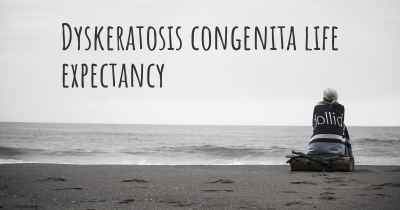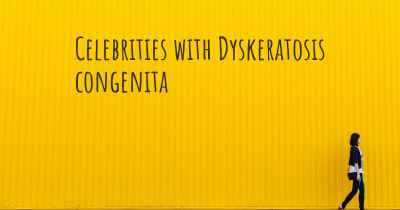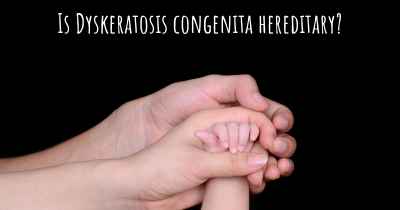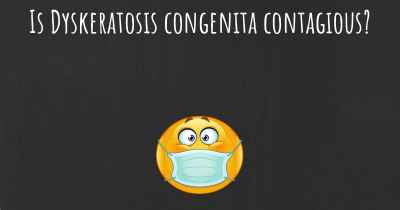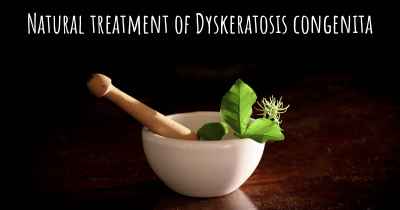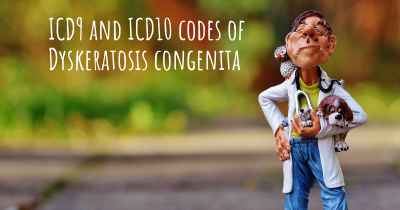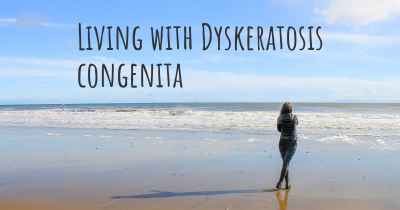What are the best treatments for Dyskeratosis congenita?
See the best treatments for Dyskeratosis congenita here

Treatments for Dyskeratosis Congenita
Dyskeratosis congenita (DC) is a rare genetic disorder that affects multiple systems in the body, including the skin, nails, and bone marrow. It is characterized by a triad of symptoms: abnormal skin pigmentation, nail dystrophy, and oral leukoplakia. Additionally, DC can lead to bone marrow failure, pulmonary fibrosis, and an increased risk of developing certain types of cancer.
While there is currently no cure for DC, there are several treatment options available to manage the symptoms and complications associated with the condition. The treatment plan for each individual may vary depending on the severity of their symptoms and the organs affected.
1. Hematopoietic Stem Cell Transplantation
Hematopoietic stem cell transplantation (HSCT) is the only curative treatment option for DC patients with bone marrow failure. This procedure involves replacing the patient's faulty bone marrow with healthy stem cells from a compatible donor. HSCT can help restore normal blood cell production and improve overall health. However, finding a suitable donor can be challenging, and the procedure carries risks and potential complications.
2. Androgen Therapy
Androgen therapy is commonly used to treat bone marrow failure in DC patients who are not eligible for HSCT or have not found a suitable donor. Androgens are hormones that stimulate the production of red blood cells and platelets. This therapy can help improve blood counts and reduce the need for blood transfusions. However, it may have side effects such as liver toxicity and masculinizing effects in females.
3. Supportive Care
Supportive care plays a crucial role in managing the symptoms and complications associated with DC. Regular monitoring of blood counts, liver function, and other organ systems is essential. Blood transfusions may be necessary to manage anemia and thrombocytopenia. Additionally, patients may benefit from growth factors, such as erythropoietin and granulocyte colony-stimulating factor, to stimulate blood cell production.
4. Treatment of Pulmonary Fibrosis
Pulmonary fibrosis is a common complication of DC and can significantly impact lung function. Treatment options for pulmonary fibrosis include corticosteroids, immunosuppressive drugs, and antifibrotic agents. These medications aim to slow down the progression of fibrosis and manage symptoms such as shortness of breath. In severe cases, lung transplantation may be considered.
5. Dermatological Management
Dermatological management focuses on addressing the skin and nail abnormalities associated with DC. Regular skin examinations are important to monitor for any signs of skin cancer. Sun protection measures, such as wearing protective clothing and using sunscreen, are crucial to minimize the risk of skin damage. Nail care, including regular trimming and moisturizing, can help manage nail dystrophy.
6. Surveillance for Cancer
DC patients have an increased risk of developing certain types of cancer, particularly squamous cell carcinoma. Therefore, regular cancer surveillance is essential. This may involve periodic screenings, such as skin examinations, oral examinations, and imaging studies, to detect any early signs of cancer. Early detection can significantly improve treatment outcomes.
7. Psychological Support
Living with a rare genetic disorder like DC can be challenging, both physically and emotionally. Therefore, psychological support is crucial for patients and their families. Counseling, support groups, and access to resources can help individuals cope with the emotional impact of the condition and improve their overall well-being.
In conclusion, while there is no cure for Dyskeratosis congenita, various treatment options can help manage the symptoms and complications associated with the condition. Hematopoietic stem cell transplantation is the only curative treatment for bone marrow failure, while androgen therapy can be used as an alternative. Supportive care, treatment of pulmonary fibrosis, dermatological management, surveillance for cancer, and psychological support are also important aspects of the overall treatment plan. It is crucial for individuals with DC to work closely with a multidisciplinary healthcare team to develop a personalized treatment approach.
